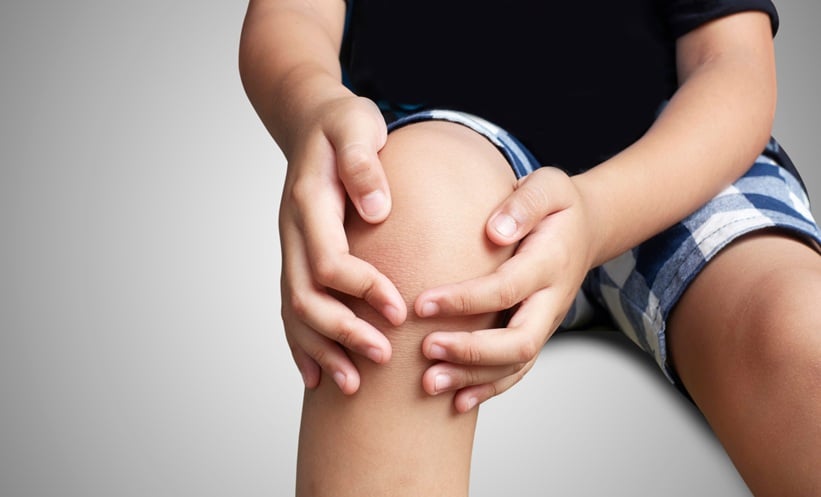THE GLOBAL burden of psoriasis among adolescents and young adults has increased steadily over the past three decades, with projections indicating further acceleration through 2035. This is according to findings from the Global Burden of Disease 2021 dataset.
In this trend analysis spanning 1990 to 2021, researchers assessed psoriasis incidence and disability-adjusted life years (DALYs) in individuals aged 10–24 years across global, regional, and national levels. Results revealed that psoriasis incidence rose from 38.73 per 100,000 in 1990 to 41.57 per 100,000 in 2021, while DALYs increased from 25.62 to 27.74 per 100,000 during the same period. The average annual percentage change was 0.23 for incidence and 0.26 for DALYs, underscoring a persistent upward trajectory.
Joinpoint regression analysis identified significant inflection points for incidence in 1994, 2001, 2005, 2015, and 2019, with parallel shifts in DALYs occurring in 1993, 2002, 2009, 2015, and 2019. These fluctuations point to complex temporal dynamics underlying psoriasis burden in younger populations.
Marked disparities emerged between countries and regions. High Socio-demographic Index (SDI) countries consistently exhibited elevated burdens, while middle and low SDI regions experienced the sharpest increases, particularly among females. Population growth further amplified the impact in these settings, and females consistently bore a greater burden than males.
Looking ahead, projections indicate that psoriasis incidence and DALY rates will continue to rise among adolescents and young adults through 2035. The disproportionate impact on females and the concentration of cases in high-SDI regions highlight critical areas for targeted public health interventions. The findings underscore the need for evidence-based strategies to address persistent inequities and mitigate the escalating burden of psoriasis in youth worldwide.
Reference: Wang S et al. Global, regional, and national burdens of psoriasis in adolescents and young adults: a trend analysis based on the global burden of disease. Clin Rheumatol. 2025. doi: 10.1007/s10067-025-07672-w








